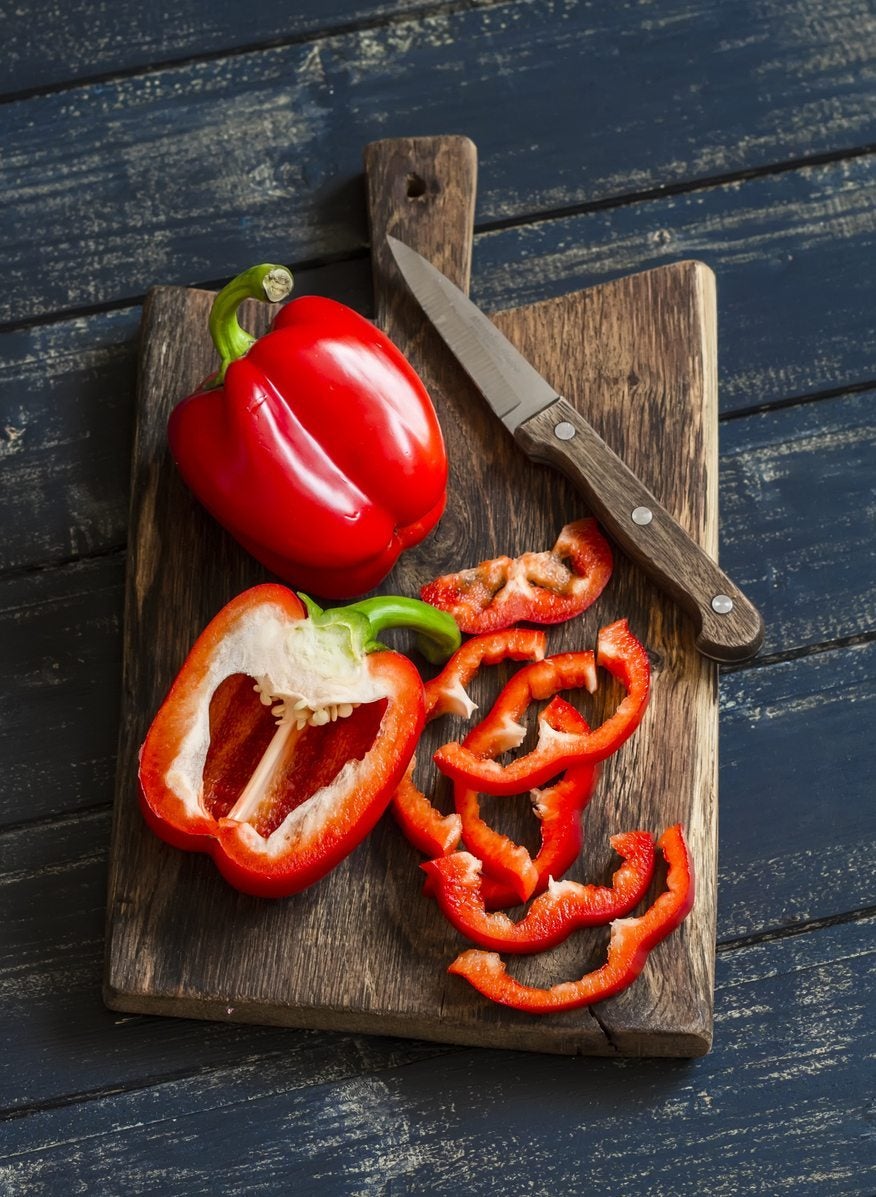Veggies With High Vitamin C Content: Choosing Vegetables For Vitamin C


As you begin to plan next year’s vegetable garden, or as you think about putting in some winter or early spring crops, you may want to consider nutrition. Growing your own vegetables is a great way to make sure you eat a healthy diet, and veggies with high vitamin C are important to include.
Why Include Vitamin C in Your Garden?
Vitamin C is an essential nutrient as we all know; it is needed for keeping cells healthy and for boosting the immune system. What you might not know, though, is how much of this vitamin is lost when fresh foods are processed. Both canned and frozen vegetables have lost significant amounts of vitamin C by the time they get to your kitchen. Even fresh produce loses vitamin C while stored. That means that when you buy fresh broccoli from the grocery store, by the time you eat it, it could have lost up to half of its vitamin C. By growing vegetables for vitamin C, you can harvest and eat them right away, losing little of this important nutrient.
Vegetables High in Vitamin C
Although we tend to think of oranges as being the vitamin C powerhouse food, it has not cornered the market on this nutrient. It may surprise some people to know that several vegetables actually have as much or more of the vitamin than our favorite citrus. So, if you can’t grow an orange tree, try including these vitamin C rich veggies in your garden this year: Kale. Kale is a great cold-weather vegetable and one that provides nearly an entire day’s worth of the recommended amount of vitamin C in just one cup. Kohlrabi. Cruciferous kohlrabi will provide you with 84 milligrams of vitamin C in one cup. With recommended daily intakes at 70 to 90 milligrams, just one cup of this vegetable will have you covered. Brussels sprouts. Another cruciferous vegetable, Brussels sprouts have gotten a bad rap over the years. Try roasting these miniature cabbages for a tasty dose of vitamin C: 75 milligrams per cup. Bell peppers. The rainbow-hued peppers are chock full of vitamin C, but the exact amount depends on the color. Green peppers have 95 milligrams per cup, while red peppers deliver around 152, and yellow types over 340 milligrams. That’s right! Leave those peppers on the plant longer and they’ll develop more of this great nutrient. Broccoli. One cup of fresh broccoli contains 81 milligrams of vitamin C. Cooking broccoli will cause some loss of the vitamin, but if it gets you to eat more of this nutritious vegetable, it is well worth it. Strawberries. While not a vegetable, this is a fruit that is easy to grow in the garden alongside vitamin C rich veggies. Every cup of fresh strawberries will provide you with 85 milligrams of vitamin C.
Sign up for the Gardening Know How newsletter today and receive a free copy of our e-book "How to Grow Delicious Tomatoes".

Mary Ellen Ellis has been gardening for over 20 years. With degrees in Chemistry and Biology, Mary Ellen's specialties are flowers, native plants, and herbs.